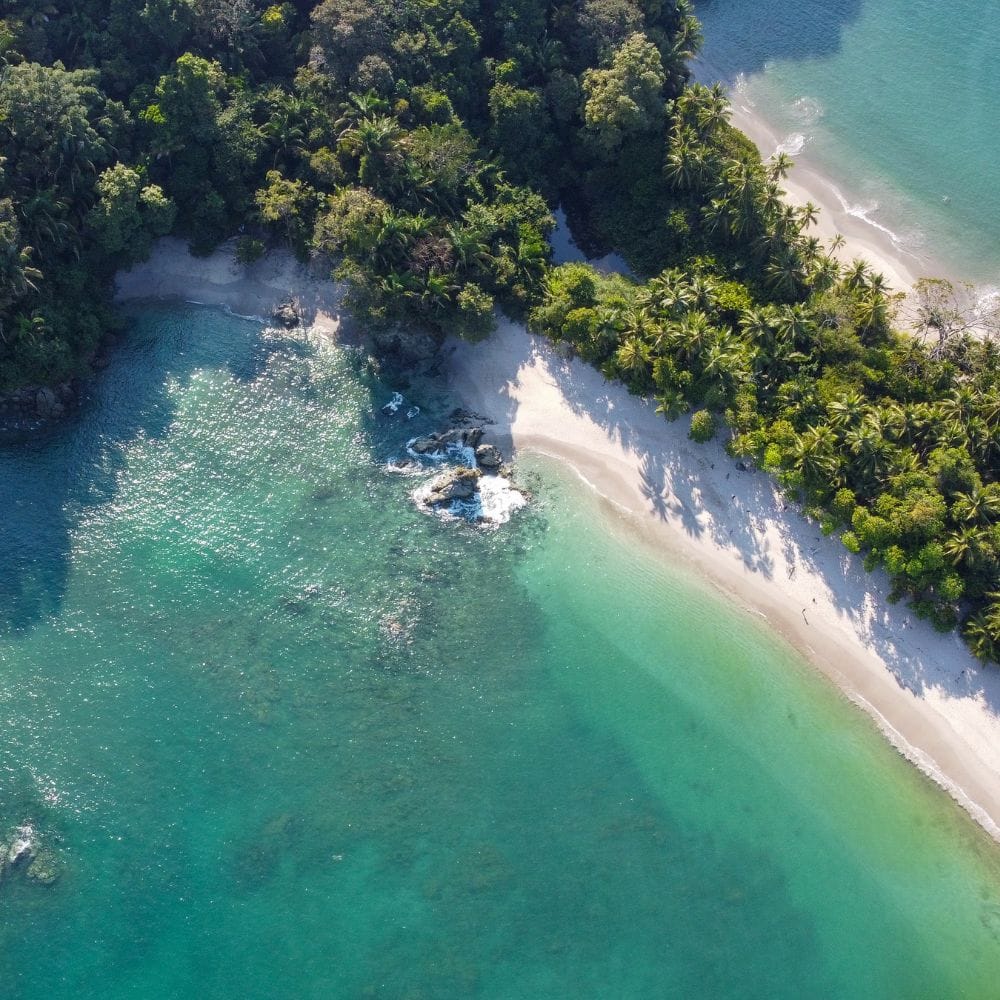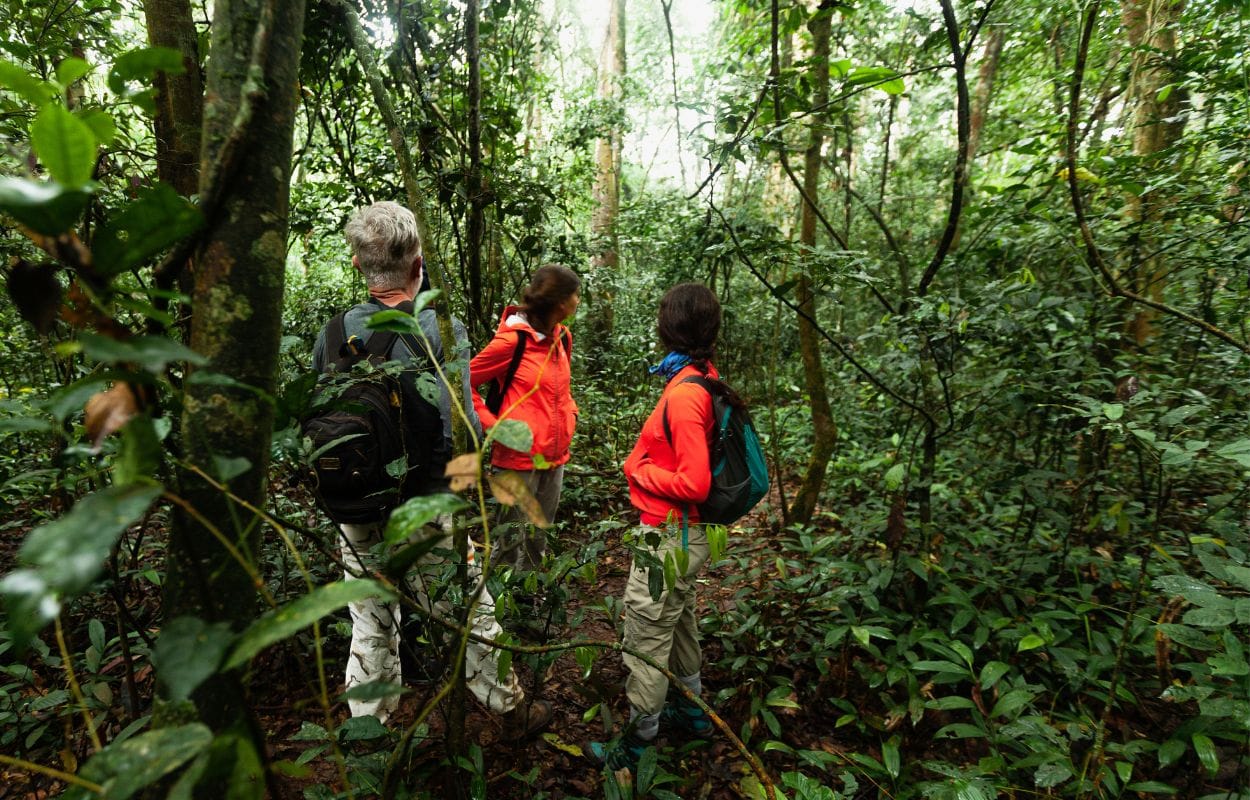Why is Costa Rica so expensive? Delving into the economic, environmental, and social factors that drive the high cost of living in this tropical paradise, from import dependencies and tourism dynamics to sustainability efforts and currency fluctuations.

With its misty cloud forests, roaring Pacific waves, and sloth-draped jungles, Costa Rica has long attracted travelers and expats seeking the ‘pura vida’ lifestyle. However, the postcard-perfect scenery conceals a hidden reality: Costa Rica, a small Central American nation, is significantly more expensive than its neighbors.
The shock of a $6 gallon of gas, a $15 hamburger, or hotel rooms that may go from $250 to $30,000 per night in a beachfront bungalow leaves many wondering—Why is Costa Rica so expensive?
The answer weaves through economic policies, global demand, and the very things that make Costa Rica extraordinary.

The Weight of the Green Crown
There is a cost associated with Costa Rica’s reputation as a pioneer in ecotourism. Unlike countries that exploit their natural resources, Costa Rica fiercely protects them—funding conservation through park fees, sustainability certifications, and eco-taxes.
A night in a jungle lodge powered by solar panels costs more than a generic beach hotel elsewhere. A locally sourced, organic meal demands a premium over imported, pesticide-laden produce. Even the act of hiking a pristine trail includes a park entry fee that funds rangers and wildlife protection.

This commitment to sustainability is admirable, but it means travelers and residents pay a “green premium.” The country’s global branding as an unspoiled Eden allows businesses—from tour operators to real estate agents—to charge accordingly.
The Tourist Economy’s Double-Edged Sword
Tourism pumps billions into Costa Rica’s economy, but it also reshapes local pricing. In hotspots like Manuel Antonio or Tamarindo, menus display prices in U.S. dollars, not colones, subtly signaling that these establishments cater to deep-pocketed foreigners.

A sunset catamaran cruise, a private guide through Corcovado, or a yoga retreat in Nosara all carry price tags calibrated for visitors from New York or Berlin, not San José locals.
This economic reality has a ripple effect. A taxi driver in La Fortuna quotes one fare to a Tico and another to a tourist. A beachfront Airbnb rents for triple what a Costa Rican family could afford. The influx of expats and digital nomads further strains housing markets, turning once-sleepy fishing villages into luxury enclaves where a modest home can cost a million dollars.

The Tyranny of Imports
Despite being a relatively small economy, Costa Rica’s reliance on imports significantly impacts its cost of living. The country imports a wide range of goods, including refined petroleum, cars, medical instruments, broadcasting equipment, and packaged medicaments. This dependency results in higher prices for many products due to transportation costs and import taxes.

For example, a Toyota that costs $25,000 in the U.S. might sell for $50,000 in Costa Rica after taxes. A bottle of French wine carries a luxury import fee. Everyday items like clothing, electronics, and household goods come with a markup, as the country’s small market lacks the economies of scale of larger nations. This reliance on imports also extends to fuel. With no domestic oil production, Costa Rica’s gas prices are among the highest in the region, inflating the cost of everything from bus tickets to grocery deliveries.
Despite these challenges, Costa Rica excels in exports, with top products including medical instruments, integrated circuits, orthopedic appliances, bananas, and tropical fruits. These products are highly valued internationally, yet the revenue from these exports does not fully offset the high costs associated with imports. The country’s economic complexity reflects its diverse and sophisticated export portfolio, yet this complexity does not shield Costa Rica from the high costs imposed by its import dependency.
The combination of high import tariffs, transportation costs, and a small domestic market contributes to the overall expense of living in this tropical paradise.
The Dollar’s Invisible Hand
Many transactions—especially in real estate and tourism—happen in U.S. dollars, insulating businesses from the colón’s fluctuations but locking prices at near-U.S. levels. A beachfront condo priced at $500,000 is unthinkable for most locals but a bargain for a Californian. A $100-per-person zip-lining tour is routine for tourists but a month’s wages for a Costa Rican worker.

This dollarization creates two parallel economies: one where expats and tourists shrug at prices and another where middle-class Ticos feel the squeeze.
The Price of Stability
Costa Rica’s high taxes fund what many consider its greatest asset: stability. Free healthcare, robust education, and well-maintained infrastructure are not inexpensive. The country’s social democracy imposes higher income and sales taxes than its neighbors, but in return, it offers a level of safety and public services rare in the region.

Yet this safety net has its own costs. Skilled workers—doctors, engineers, tour guides—command higher wages than in Nicaragua or Honduras, driving up service prices. Strict labor laws mean employees receive benefits like severance pay and vacation time, expenses passed on to consumers.
Is It Worth It?
For those who can afford it, Costa Rica delivers.
The education levels are better than in most of Latin America. The healthcare system is excellent. The air is clean, the water is drinkable, and the wildlife is boundless. But this quality of life isn’t cheap.
Budget travelers can still find ways to cut costs—eating at sodas, taking public buses, avoiding tourist traps—but the era of Costa Rica as a backpacker’s bargain is over. What remains is a country that has chosen quality over quantity, sustainability over exploitation, and stability over chaos.
And that, it seems, comes at a price.
Conclusion
Costa Rica’s high cost of living is a multifaceted issue influenced by its commitment to sustainability, the dynamics of its tourism industry, reliance on imports, and economic policies. While the country offers unparalleled natural beauty, stability, and a high quality of life, these benefits come at a premium. The combination of high import tariffs, transportation costs, and a small domestic market contributes to the overall expense of living in this tropical paradise. Despite the challenges, many find that the advantages of residing in Costa Rica outweigh the costs, making it a unique and desirable place to call home.
Call to Action
Ready to experience the beauty and adventure of Costa Rica for yourself? Join Epic Adventures Costa Rica for an unforgettable journey through this stunning country. Whether you’re exploring lush rainforests, relaxing on pristine beaches, or discovering vibrant wildlife, our expert guides will ensure you have an epic adventure. Book your trip today and immerse yourself in the pura vida lifestyle!
